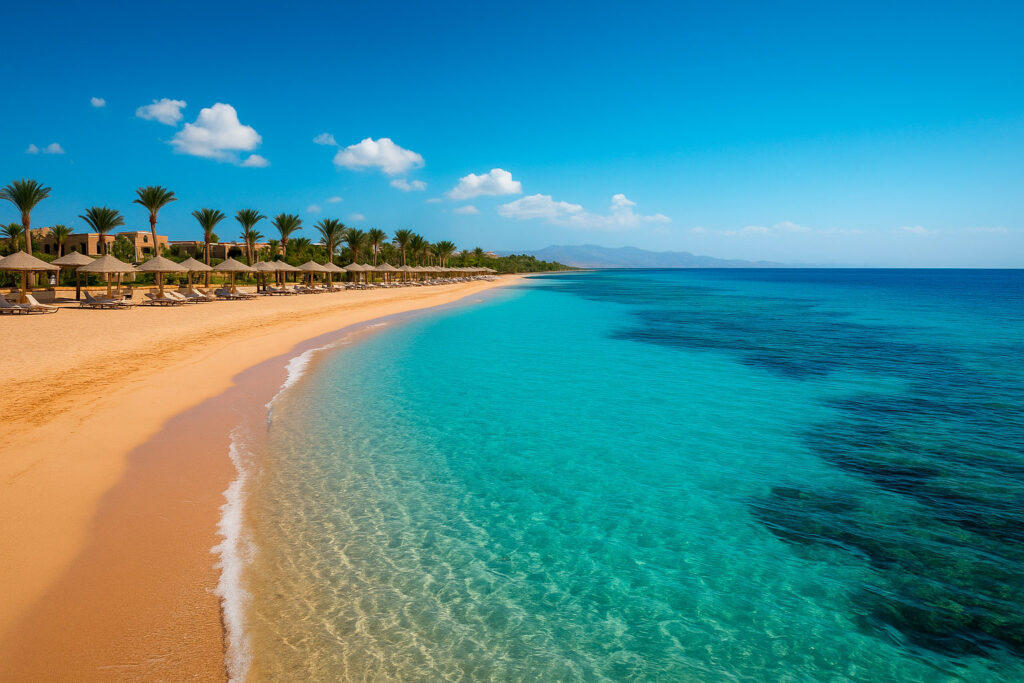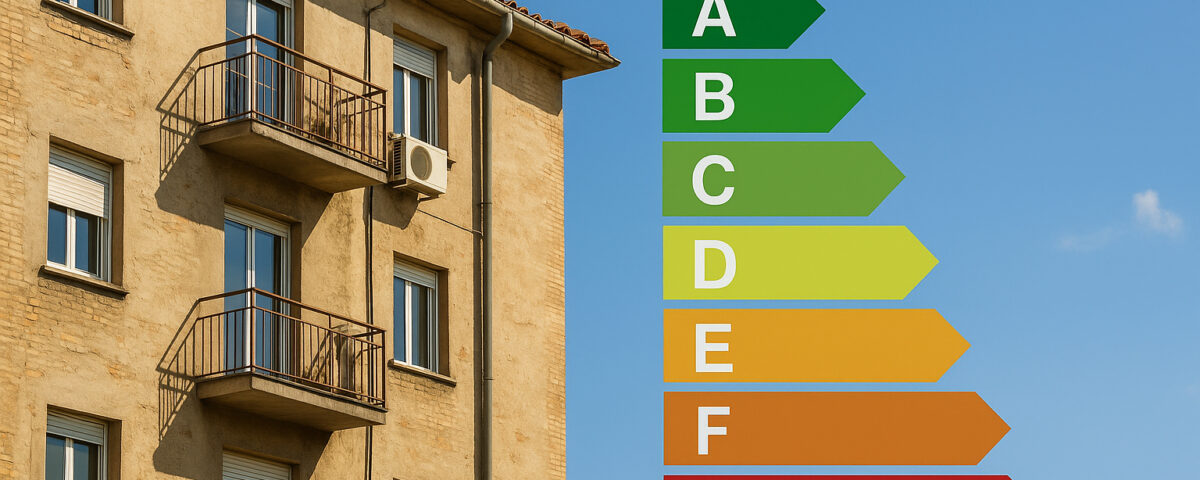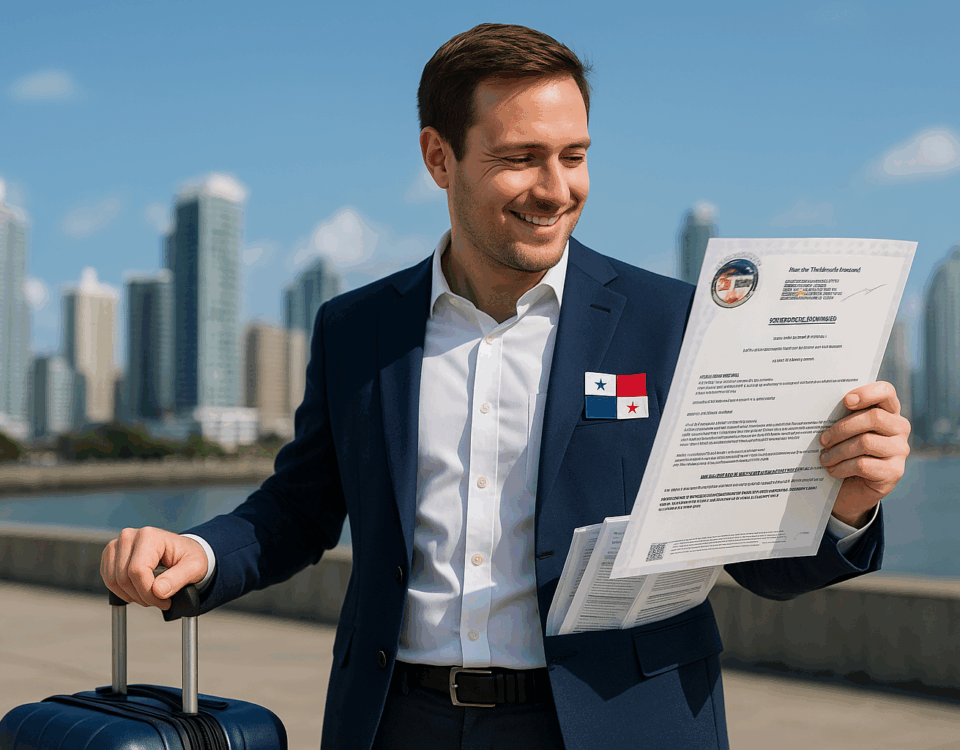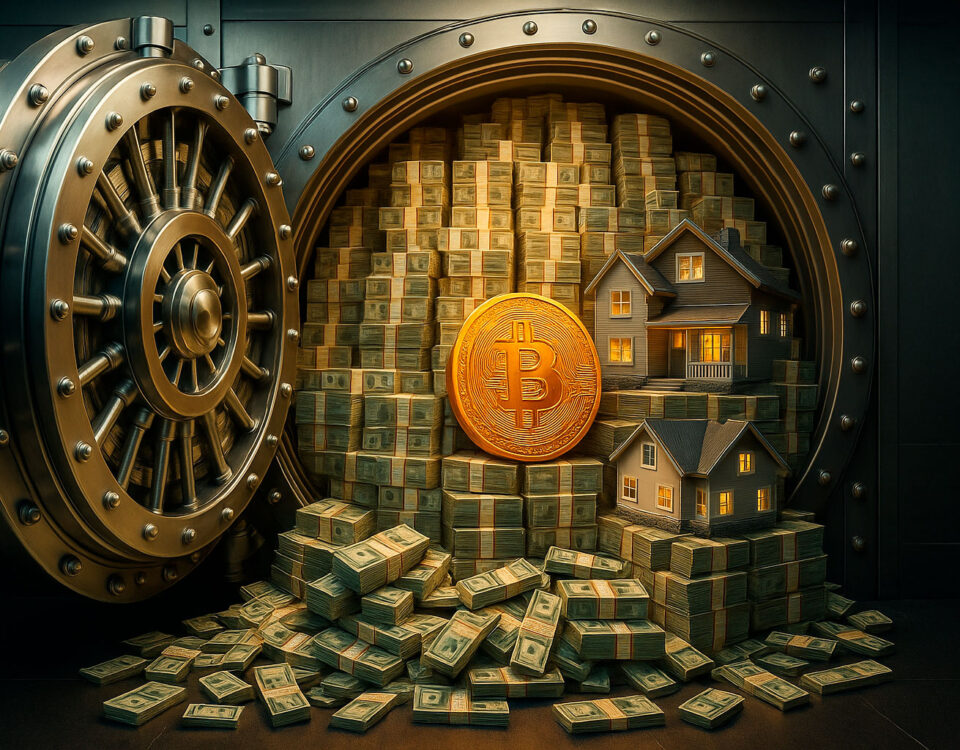
Living as a Digital Nomad with Total Freedom and 0% Taxes
22/10/2025
Apartment for Sale in Porlamar, Isla Margarita, USD 85000
07/11/2025
Buying a house in Europe is a nightmare. High costs and endless legal barriers. Discover your ideal Plan B and live by the sea for as little as 50.000 euros
Table of contents of Buying a House in Europe Is a Nightmare – Choose Your Plan B
Buying a house in Europe is a nightmare, and I am not exaggerating. The combination of high transfer, registration, and notary fees creates a huge obstacle for anyone thinking about investing. In addition, real estate agencies charge inflated commissions — even for small apartments, where they apply a fixed rate plus VAT — widening that financial gap even further. And the worst part: soon it will be almost impossible to buy a house in Europe.
Did you know that with EUR 50,000 you could buy a beachfront property on the Red Sea, or in several countries across Asia or Latin America? That’s an entirely different reality. Attorney Giovanni Caporaso, from the law firm Caporaso & Partners, can help you with a simple phone consultation starting at EUR 50 to choose where to live and obtain the best residence for your tax planning.
If you think renting or buying a flat is already complicated, just wait a couple of years — soon it won’t just be complicated, it will be impossible. When they say “you will own nothing and be happy,” what they really mean is that you won’t even have a place to sleep. Welcome to your Plan B.
The reason buying a house in Europe is a nightmare lies in the structural barriers of the real estate market and the growing regulatory pressure. Transfer costs don’t only include the purchase price but also taxes, fees, notary expenses, and registration costs. On top of that, many real estate agencies impose fixed commissions plus VAT, even on very small units.
Europe is sinking: buying a home has never been this hard
These fixed costs don’t scale down with apartment size, making small-scale investment economically irrational. And when all these expenses combine, the feeling of swimming against the current discourages most buyers. That’s why we say buying a house in Europe is a nightmare.
Meanwhile, as the European market stiffens, emerging destinations are opening up — places where with €50,000 you can buy a property by the sea. This creates a genuine alternative path: escaping a system where buying a house in Europe is a nightmare. Thanks to capital globalization, many regions in Asia and Latin America offer affordable homes with sea views and attractive tax advantages. In this context, the role of an expert advisor such as Giovanni Caporaso becomes crucial: with a simple EUR 50 consultation, he helps you choose where to live and how to structure your residence for optimal tax efficiency. That’s your exit door from a system where buying a house in Europe is a nightmare.
And the urgency is real. It’s not just that the market is complex now — new regulations are coming that will reinforce that nightmare even further. Under the Energy Performance of Buildings Directive (EPBD), the European Commission requires member states to set minimum energy efficiency standards for homes. New buildings must reach “near-zero emission” standards by 2028 for public buildings and by 2030 for all others.
Buying a house in Europe no longer guarantees stability or profitability
For existing properties, that directive requires older, inefficient buildings to be renovated to meet minimum classes. This means additional costs for owners — and even more for buyers — making the process of buying a house in Europe an ever-growing financial nightmare.
Even small flats will face obligations to upgrade insulation, windows, and heating or cooling systems to meet compliance rules, turning buying a house in Europe into an escalating economic burden.
In one or two years, buying a house in Europe will no longer be merely difficult — it will be nearly unfeasible for many individuals. When I say buying a house in Europe is a nightmare, I mean it: the combination of high entry costs, unfair commissions, upcoming regulations, and mandatory renovations will drive most potential buyers away. And if you can’t rent or sell, you’ll be worse off — owning a property that demands costly upgrades yet can’t legally be rented.
Another key aspect is the rental market itself. If buying a house in Europe is a nightmare, renting one that doesn’t meet future standards will be too. The European rules apply not only to new builds but also to existing housing stock. Around 85% of EU buildings were built before 2000, and 75% are energy inefficient. Europe already has its own Plan B — Energy+1 — but it’s not yours!

Buying a house in Europe means high costs and new green restrictions
Older homes — many of those currently for rent or on sale — will face mounting pressure to adapt. If you’re a landlord planning to buy for rental income, you’re looking at a double nightmare: buying a house in Europe is a nightmare, and you’ll still have to renovate to rent it. Skip the upgrades, and your property’s value and demand will plummet.
The appeal of buying a house in Europe as an investment is vanishing. The dream of getting a cheap flat for holiday rental collides with reality: buying a house in Europe is a bureaucratic and financial nightmare. High fixed commissions on small apartments crush profitability, slow the market, and deter international buyers. We’re entering a phase where buying a house in Europe is a nightmare — and smart investors are shifting focus elsewhere.
The message is clear: act now or accept that within a few years, buying a house in Europe will become a privilege reserved for the wealthy or legally protected. Meanwhile, viable alternatives exist — with 50,000 euros you can still buy beachfront property along the Red Sea, or in Asia and Latin America. This turns the phrase “buying a house in Europe is a nightmare” into a call to action: rethink your strategy, minimize exposure to EU regulation, and consider a Plan B residence and investment option outside the constraints of the Green Deal.
Buying a house in Europe or investing abroad: the big decision
From our experience in corporate and banking law, we’ve seen many clients realize too late that buying a house in Europe is a nightmare. They no longer want to deal with registries, notaries, commissions, mandatory renovations, and growing bureaucracy. When they consult with an international planning expert like Giovanni Caporaso, they discover ways to “step off the European track,” diversify residency, and relocate to places where energy labels or eco-restrictions don’t dictate property rights. Because — and we repeat — buying a house in Europe is a nightmare, and every week it becomes worse.
If you think buying or renting in Europe is your only option, think again. Buying a house in Europe is a nightmare and should not become your financial trap. Get informed advice, assess the real costs, and look ahead at what’s coming. Once the new laws are fully enforced and energy labels become mandatory for all rentals and sales, countless owners will be stuck. At that point, buying a house in Europe won’t just be a nightmare — it will be a cage. Act now and set your Plan B in motion.
Outside Europe, real opportunities exist for those who understand that buying a house in Europe is a nightmare. With less than €50,000 you can purchase seaside property in Panama, Egypt, Venezuela, Mexico, the Philippines, or Albania. In these places, transfer, registration, and maintenance costs are lower, environmental restrictions lighter, and the economic climate far friendlier to foreign investment.
Buying a house in Europe is a nightmare — but alternatives still exist
While in Europe green rules, notarial fees, and real estate commissions make buying property a never-ending nightmare, in these countries you can still enjoy beachfront living, better quality of life, and — with guidance from Caporaso & Partners — turn that purchase into a smart residency and tax-saving strategy.
During the consultation, we’ll analyze your lifestyle, personal needs, and financial goals to design the best plan tailored to you. It’s not just about avoiding the nightmare of buying a house in Europe, but about helping you choose the ideal country for residence, investment, and tax planning. With direct advice from attorney Giovanni Caporaso and his team at Caporaso & Partners, you’ll discover real and secure options suited to your budget and the life you want to build.
Having tax residency in Panama, even if you already have another residence elsewhere, is a strategic advantage for those who understand that buying a house in Europe is a nightmare — and that the future demands diversification. Panama operates under a territorial tax system, meaning only income earned within the country is taxable, not foreign income. This makes it one of the smartest fiscal refuges in the modern world — ideal for entrepreneurs, digital professionals, investors, and retirees seeking stability without excessive taxation.
Obtaining tax residency in Panama doesn’t mean giving up your nationality or properties elsewhere. It means establishing your economic center in a secure, dollarized jurisdiction with strong financial privacy laws. While Europe tightens tax pressure and monitors every transaction, Panama remains flexible, open to foreign investment, and built for international mobility. And with a strong euro, investing in a dollarized country instantly yields around 20% more purchasing power.




